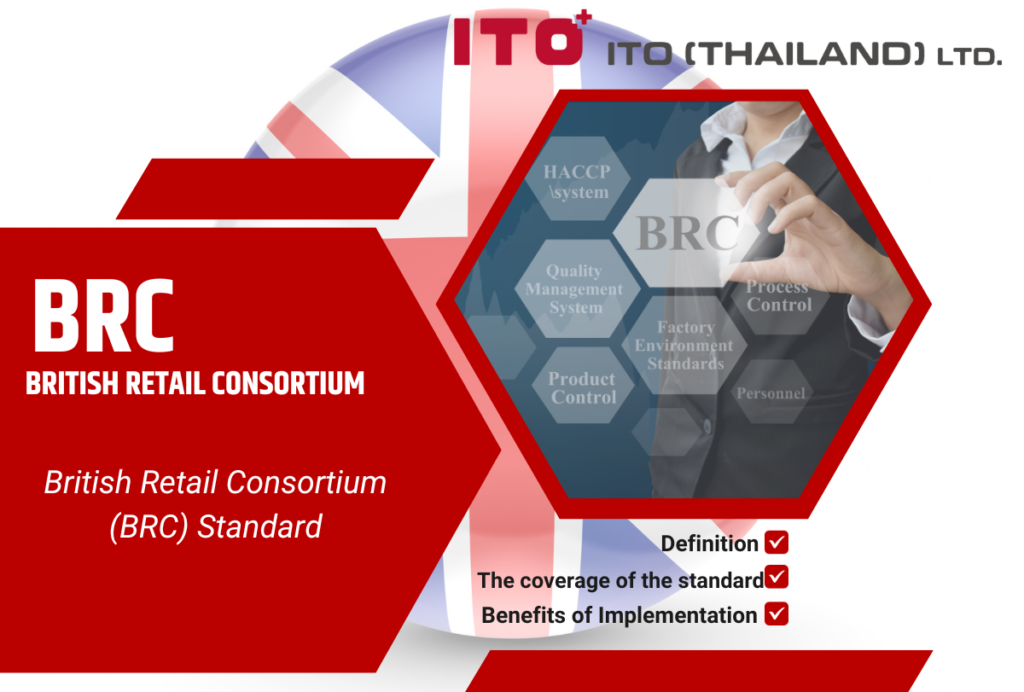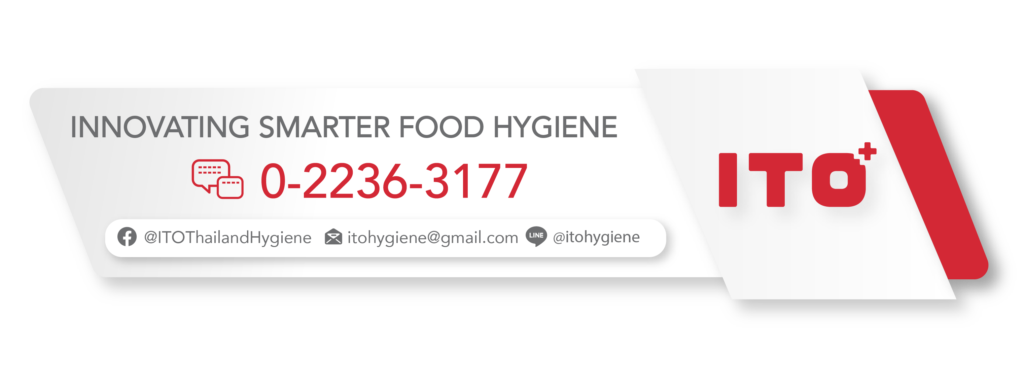ITO Thailand Hygiene Blog
British Retail Consortium (BRC) Standard
Food safety management systems play a vital role in ensuring the production and distribution of safe and high-quality food products to consumers. With the global food supply chain becoming increasingly complex, food businesses must implement effective systems prioritising safety, quality, and compliance with industry standards. A food safety management system encompasses a set of procedures, processes, and controls designed to identify, prevent, and manage potential hazards at every stage of the food production and supply process. This proactive approach not only safeguards consumers’ health but also protects the reputation and credibility of food companies in an ever more competitive market.
What is BRC? (2)
In 1998 the British Retail Consortium (BRC) released its Global Standard for Food Safety. Its development aimed to assist the food industry in adhering to food safety regulations the UK and EU set. Over time, it has evolved into a widely recognised benchmark for excellence in food safety, quality, and accountability, boasting more than 17,000 BRC-certified sites across the globe.
Now in its ninth edition (Issue 9), this standard provides a comprehensive framework for organisations operating within the food industry to effectively manage their products and services’ safety, authenticity, and quality. It is essential to mention that since the 1st of February 2023, compliance with issue 9 has become compulsory for all audits (7).
This framework applies to various stakeholders, including retailers, manufacturers, importers, caterers, and ingredient suppliers. It is worth noting that numerous retailers throughout the UK, the US, and Europe exclusively conduct business with suppliers who have successfully undergone an audit and received accreditation from a BRC-certified body.
The coverage of the standard
The Global Standard for Food Safety outlines the criteria for producing or preparing processed foods and other goods. These requirements specifically pertain to products created, prepared, or stored at the site undergoing the certification audit, including senior management commitment and continual improvement, food safety plan (HACCP), food safety and quality management system, site standards, product control, process control, and personnel (5).
Key considerations for implementation of food safety standards
In the food industry, it is crucial to identify the requirements and differences to choose an appropriate food safety certification system. Customer requirements are often the most common and crucial key consideration; however, other factors are also significant (4).
1.Customer Requirements: Customers often demand certification to a specific scheme, with the largest customers’ requirements carrying more weight. Negotiation is possible if a rationale is demonstrated, and GFSI-approved certification is usually acceptable.
2.Position in the Food Supply Chain: Different food industry sectors require specific certifications. ISO 22000 is a comprehensive certification covering various aspects of the food industry.
3.The GFSI Factor: The Global Food Safety Initiative aims to harmonise food safety standards, and reputable organisations in Europe and America prefer GFSI benchmarked standards.
4.The Customer’s Geography: Customers from different regions may request specific standards. SQF for Americans, IFS for Europeans, BRCGS for British, and ISO 22000-based standards for the rest of the world are common requests.
5.The organisation’s location: The company’s location might influence the standard most commonly requested, but other factors should also be considered.
6.The size of the organisation: The organisation’s size may affect the feasibility of achieving GFSI benchmarked standards. Smaller businesses can consider other entry points or independent schemes.
7.Technical Resource Availability: Organizations seeking GFSI benchmarks need sufficient technical resources to implement and maintain certifications. Alternatives like SALSA or ISO 9001 might be considered if resources are limited.
8.Existing Management Systems: Companies with existing management systems (e.g., ISO standards) should prefer ISO 22000 or FSSC 22000 as they integrate more seamlessly.
9.The Company Culture: Organizations should consider whether standards administration aligns with their culture. GFSI standards update frequently, while ISO standards have more extended validity periods.
10.New Products and GMP: For products like cannabis CBD, GMP certification is often requested, but it is not as structured as other certifications. Different sectors have specific GMP requirements.
FSSC 22000 standard (which was previously discussed), the BRC standard, and the Safe Quality Food (SQF) code (which we will discuss in the next blog) constitute the top three frequently utilised certification schemes (3).
Benefits of Implementation
Obtaining BRC certification can provide beneficial features, including enhancing entry into the international supply chain market, safeguarding and preserving brand integrity, diminishing risks related to food safety and liability, evidenced dedication to food safety and quality standards, minimising repetition in audits, improving food quality as well as food safety framework, efficiently streamline connections with retailers in the EU, and attain operational effectiveness such as reduced waste, enhanced organisation, and increased profits (6).
Manufacturers with the BRCGS certification enjoy numerous food safety advantages and have demonstrated superior performance compared to non-certified sites and other GFSI programs. One significant distinction of BRCGS Food Safety lies in its compliance program, offering effective control over the operational implementation of its certification schemes. This includes managing the performance of delivery partners and ensuring auditor competence through examinations and food safety training (1).
References
1.(2023). Food Safety Benefits. Retrieved July 22, 2023, from https://www.brcgs.com/our-standards/food-safety/benefits/
2.Foston, B. (2023). What is BRC? Global food safety standard explained. Retrieved July 22, 2023, from https://www.ideagen.com/thought-leadership/blog/what-is-brc-global-food-safety-standard-explained
3.ISO Update. (2018). Food Safety Standards: ISO 22000, SQF and BRC. Retrieved July 22, 2023, from https://isoupdate.com/resources/food-safety-standards-iso-22000-sqf-and-brc/
4.Shodipo, A. (2020). 10 Rules for Selecting the Appropriate Food Safety Certification for your Organisation. Retrieved July 22, 2023, from https://www.linkedin.com/pulse/10-rules-selecting-appropriate-food-safety-your-adeyemi-shodipo/
5.Taylor, S. (2023). What Does BRCGS Stand For? Retrieved July 22, 2023, from https://cpdonline.co.uk/knowledge-base/food-hygiene/brcgs-definition/
6.The ISO Food Safety Consultancy. (2017). Key Benefits of Achieving BRC Certification for Food Safety System. Retrieved July 22, 2023, from https://foodsafetystandard.wordpress.com/2017/11/07/key-benefits-of-achieving-brc-certification-for-food-safety-system/
7.Willaert, T. (2022). BRCGS Food Issue 9: New Clauses and Changes in this Revision. Retrieved July 22, 2023, from https://www.dqsglobal.com/intl/learn/blog/brcgs-food-issue-9-new-clauses-and-changes-in-this-revision
Related Post
-
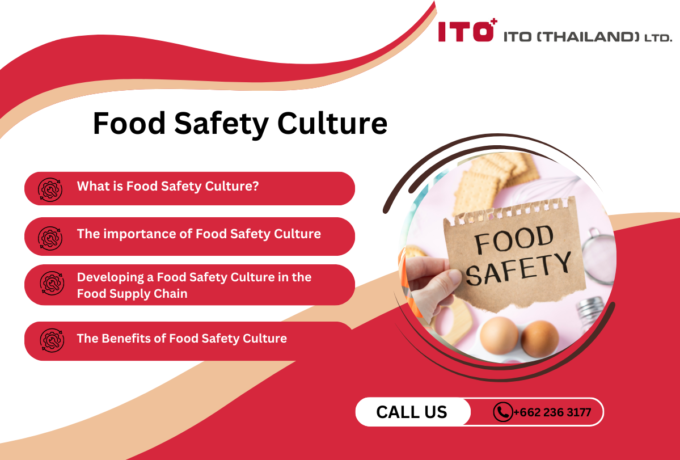
Food Safety Culture
Food safety culture plays a crucial role in safeguarding the company's reputation, ensuring the well-being of its employees, and providing a safe experience for its customers.
-
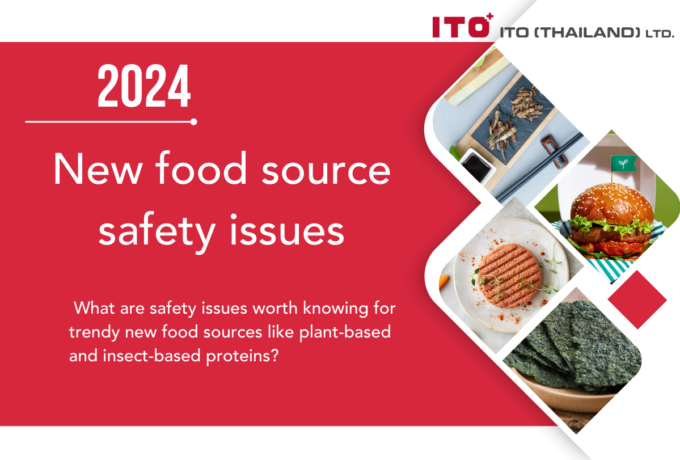
New food source safety issues
What are safety issues worth knowing for trendy new food sources like plant-based and insect-based proteins?
-

Food Science in the World of Food Gastronomy (Part 1)
How can food science be applied to create new dishes?
-
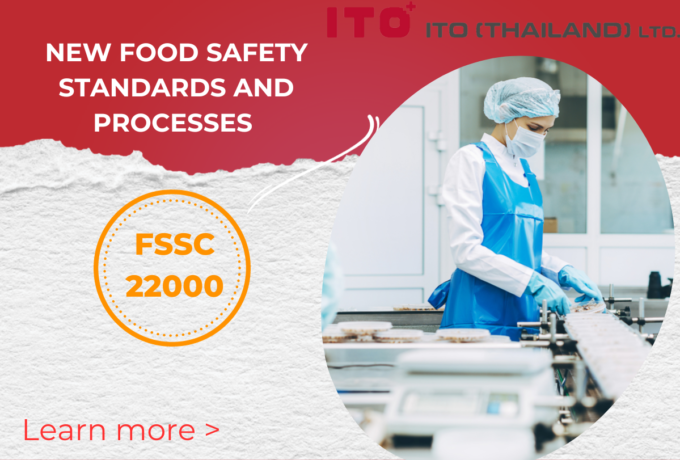
FSSC 22000
Food manufacturers must ensure food safety standards and processes. FSSC 22000 is an official certification program for Food Safety Management Systems (FSMS) recognised by the Global Food Safety Initiative (GFSI). This certification scheme offers a set of guidelines and procedures to ensure uniformity, openness, and safety across your entire supply chain. It applies to all companies operating within the food and beverage industry, ranging from farmers to retailers. By fulfilling the necessary criteria and obtaining FSSC 22000 certification, it is demonstrated that the required standards for food quality and implementing effective processes to manage and mitigate risks associated with food fraud, foodborne illnesses, expensive recalls, and other external threats are met.
-

Food Safety Aspects of Artificial Sweeteners
Artificial sweeteners, also known as sugar substitutes, non-nutritive sweeteners, or high-intensity sweeteners, are artificially produced compounds utilised in place of sucrose (table sugar) to add sweetness to food and drinks. Due to their significantly higher sweetness than regular sugar, only a fraction of artificial sweeteners (200 to 20,000 times less) is required to achieve an equivalent level of sweetness. Since the caloric contribution of these sweeteners, when used in such small quantities, is insignificant, they are often referred to as non-nutritive (4).
-

New food sources from under the sea
A new sustainable food source that is environmentally friendly and addresses resource scarcity issues, which is currently trendy! Let's get acquainted with the new food sources from the underwater world, such as seaweed and jellyfish.








